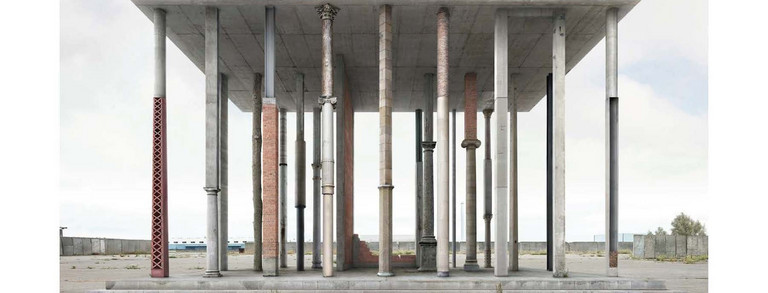
You are here:

Since 2011, Philip Ursprung (*1963) is Professor for Art and Architectural History at the ETH Zürich, and since 2017 the Dean of the Architecture Department. He studied art history, history and German literature in Geneva, Vienna and Berlin, received his doctorate from the FU Berlin in 1993 and his Habilitation from the ETH Zürich in 1999. He has taught at the University of the Arts Berlin, Columbia University New York, the Barcelona Institute of Architecture and the University of Zurich, among others. He is the editor of a number of books including Herzog & de Meuron: Natural History (2002) and Caruso St John: Almost Everything (2008). His most recent publication is Der Wert der Oberfläche: Essays zu Architektur, Kunst und Ökonomie (2017).

Architecture and Amnesia
If it’s true that the temporal horizon has been shrinking in industrialized societies since the end of the cold war and since the beginning of the “Empire” (Michael Hardt and Antonio Negri), and that we find ourselves in an era of eternal presence and memory loss, then only spectacular events can meet the demand for identification. Leading this development, according to my thesis, since the boom at the end of the 20th century, are no longer museums but rather places for ephemeral spectacles. Around the world, centers for performing arts, sports arenas and venues for ephemeral periodic exhibitions like biennials and triennials have taken precedence over museums. The highest demand for monumentality has arisen out of the tourism industry. A hybrid of monumentality and volatility corresponds to this dynamic. Using the example of the Elbphilharmonie in Hamburg by Herzog & de Meuron, the (unrealized) cruise ship terminal in Chile’s Strait of Magellan by Cecilia Puga and the Shed in New York by Diller Scofidio + Renfro, I will take on the question of how architecture articulates this change.
